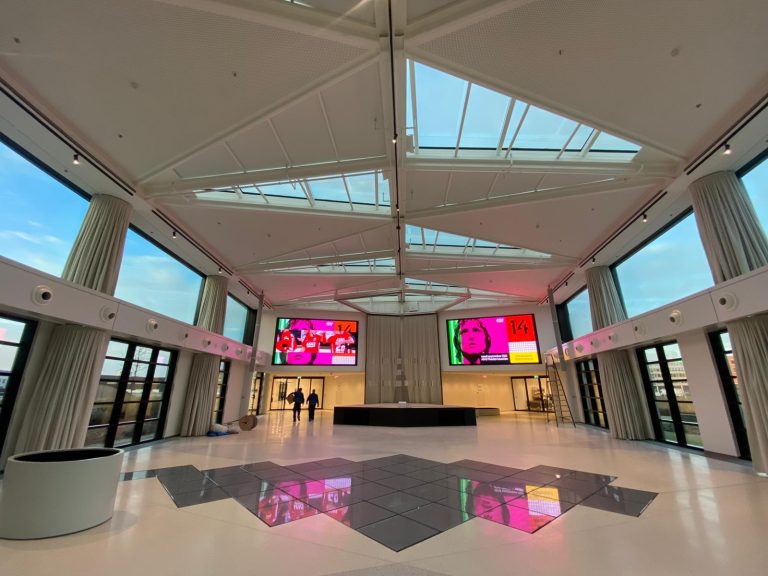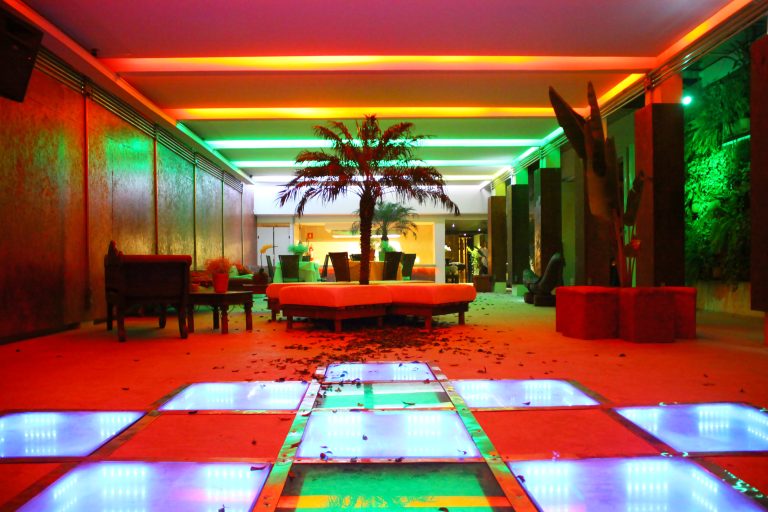Sustainable construction is no longer just a trend but a necessity for the future of our planet.
Construction is an essential part of our society, but we can’t afford to overlook that it significantly generates waste that harms the environment. Sustainability is a subject that has been gaining more interest in recent years, and for a good reason. As we become extra conscious of humans’ influence on the environment, it is becoming increasingly essential that we find ways to minimize our footprint and decrease our effect on the planet.
With buildings responsible for 39% of global carbon emissions, we must design and construct energy-efficient, environmentally friendly, and socially responsible buildings.
What is sustainable construction?
As the building sector is responsible for a significant share of global greenhouse gas emissions, resource consumption, and waste generation, sustainable construction practices aim to minimize the environmental impact of buildings and construction activities by reducing energy and water consumption, minimizing waste, and using eco-friendly materials. It is all about creating structures that meet the needs of the present while preserving resources for future generations. The following are some of the essential requirements that must be met to achieve this.

Requirements for Sustainable Construction
Energy Efficiency
It is essential that we reduce our dependence on fossil fuel-derived energy in buildings. Buildings consume significant amount of power, so reducing energy consumption is a key priority. When discussing ways to reduce this dependence, what comes to mind first?
Energy conservation, that is, avoiding unnecessary energy consumption to ensure its availability.
It could be by minimizing the use of air conditioners, using equipments that do not consume much electricity, and turning off the light and electrical equipment when not in use, but are these means stress-free? No.
This is why we must consider reducing these wastes by incorporating many other creative means to achieve energy efficiency without much hassle in building design, such as using passive solar design, designing for natural ventilation, and incorporating high-efficiency lighting and appliances.
Renewable energy sources such as solar or wind power can generate electricity and help reduce the building’s carbon footprint.
Sustainable flooring systems that produce renewable energy when people actively engage with them are another interesting way of generating renewable energy and reducing our reliance on fossil fuel-generated energy.
Sustainable Design
Aesthetics does more than beautifying; it also plays a crucial role in sustainable design.
Designing a sustainable building doesn’t mean compromising its aesthetics. In fact, sustainable design principles can enhance a this by incorporating natural materials and textures, utilizing natural light, and incorporating greenery. Using eco-friendly materials can add a unique texture and character to a building, making it stand out from the traditional structures.
Architects and designers should aim to create buildings that function well and provide a positive experience for their occupants. For example, natural light and ventilation can create a comfortable and calming environment. Incorporating green spaces and gardens will also provide a peaceful and relaxing atmosphere for building occupants.
Sustainable Materials
Sustainable buildings require the use of environmentally friendly materials. Builders should choose non-toxic and locally sourced materials to minimize the environmental impact of construction. This can include reclaimed wood, recycled steel, and natural materials like bamboo or cork.
These materials have a lower environmental impact than concrete or steel, which require significant energy consumption and contribute to greenhouse gas emissions.
Another creative way to incorporate sustainable materials is to use materials with high recycled content, such as recycled plastic or glass, or building materials with high thermal mass, which can help regulate temperature and reduce the need for heating and cooling.
Water Efficiency
This is another important consideration in sustainable construction. As the world’s population grows and urbanization accelerates, the demand for freshwater is increasing. However, the availability of clean water is decreasing.
Buildings use a lot of water for daily activities such as bathing, cooking, and cleaning, significantly impacting the environment.
One of the primary goals of water-efficient construction is to reduce the amount of water needed for these activities. This can be achieved by using low-flow plumbing fixtures, such as faucets, showerheads, and toilets, as well as water-efficient appliances like dishwashers and washing machines.
Landscaping with native plants and grasses that require less water, harvesting rainwater, and reusing gray water (wastewater from sinks, showers, and washing machines) and black water (water from human waste in toilets and urinals) can also help reduce water consumption in landscapes and gardens.
Indoor Environmental Quality
It is essential that buildings are designed to ensure healthy indoor air quality, natural lighting, and good acoustics for the healthy, comfortable, and safe living of the occupants.
Proper ventilation and air filtration ensure sufficient fresh air circulation in the building. This improves indoor air quality by reducing the concentration of pollutants and toxins in the air.
Using low-emitting materials also helps to reduce the concentration of indoor air pollutants and promote better indoor air quality.
Also, temperature and humidity levels should be maintained within acceptable limits to ensure occupants are comfortable. This can be achieved by designing efficient HVAC systems that provide adequate heating, cooling, and ventilation.
Building design must, at the same time, take into account the need for adequate natural and artificial lighting, which improves visual comfort and prevents eye strain, headaches, and fatigue, as well as sound insulation and noise reduction to create a quiet, peaceful environment.
A building with good IEQ promotes better health and productivity among its occupants, leading to a higher quality of life.

Waste Reduction and Recycling
Construction and demolition contribute to a significant portion of the waste generated worldwide. Therefore, sustainable construction requires a focus on waste reduction and recycling. Builders must design buildings to minimize waste and maximize recycling and reuse.
This can be achieved through careful planning, the use of durable and long-lasting materials, low-maintenance materials that require minimal replacement and repair, and the reusing of construction and demolition waste materials such as concrete, metal, and wood. This will greatly reduce the amount of waste generated during the lifespan of the building and conserve natural resources.
One other key strategy for reducing waste in sustainable construction is by designing buildings for flexibility and adaptability. Buildings designed with adaptability in mind can be more easily reconfigured and repurposed to accommodate changing needs, reducing the need for demolition and reconstruction.
Also, implementing a comprehensive waste management plan that includes source separation, recycling, and disposal can help reduce waste sent to landfills.
Using sustainable materials and minimizing waste during construction, buildings can be constructed in an environmentally responsible, economically viable, and socially beneficial way.
Conclusion
Sustainable construction requires a holistic approach considering energy efficiency, water efficiency, sustainable materials, indoor environmental quality, and waste reduction and recycling. By incorporating these vital elements into building designs, we can create more sustainable and environmentally friendly buildings that benefit both the people and the planet. Moreover, these strategies can also help reduce construction costs, conserve natural resources, and promote local economic development.
